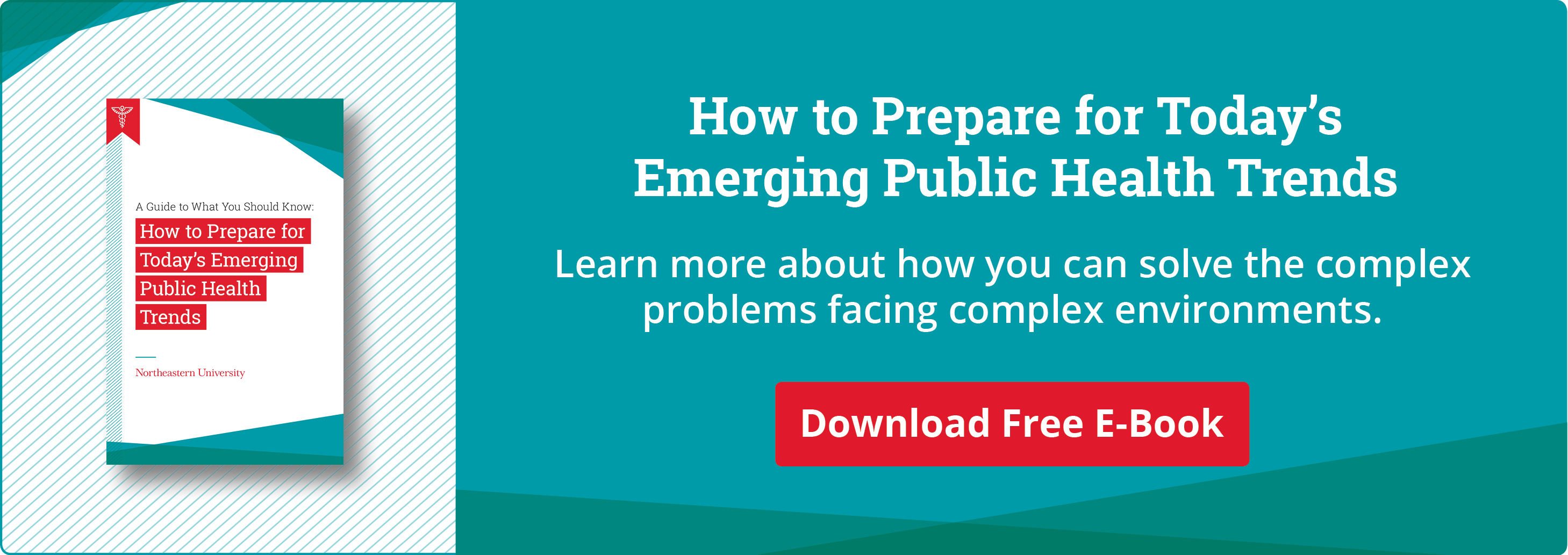The U.S. Food and Drug Administration broadly defines digital health as a “broad scope” of technology that is used to improve access to healthcare, reduce the cost of care, and improve the quality of patient care.
The FDA identifies several core categories of digital health, including mobile health, telemedicine, health information technology (IT), and wearable devices. These categories can be further broken down as well; wearable devices, for example, include everything from activity trackers to continuous glucose monitors to heart rate monitors.
The demand for increased access to data that helps healthcare organizations make better care decisions is expected to drive substantial growth in digital health investment and adoption. The analyst firm Global Market Insights forecasts a compound annual growth rate of more than 25 percent in the digital health market from now until 2024. What’s more, both individual and large groups of patients will be impacted by this new approach to decision-making.
These six digital health trends illustrate how the field of public health can benefit from the use of technology on an individual and institutional level.
Download Our Free Guide to Preparing for a Career in Public Health
Learn more about how you can solve the complex problems facing complex environments.
1. Data Informatics
Misha Pavel, professor of computer and information science in the Bouve College of Health Sciences, says education in data informatics—the practice of processing information and engineering information systems—will be as important as clinical education for public health professionals in 10 years’ time.
“You need to understand the possibility, the meaning of correlation and relationships,” he says. “Everybody will have to have more education in data science. It’s used throughout the whole process. It’s modeling and relationships and results—not just the outcomes but the possible reasons. Otherwise you…might come to the wrong conclusions.”
Done right, Pavel adds, applying informatics to a single person’s healthcare data from hospital records, insurance claims, and numerous publicly available data sources can help healthcare organizations provide “personalized, proactive care” that helps people avoid getting sick.
Communicating with data will be a key part of this process. Even as healthcare professionals well-versed in informatics become more comfortable talking about data, they need to remember their audience. Discussing the results of data analysis requires different language when speaking to executives, public officials, clinical staff, and individual patients.
2. Social Determinants of Health
A 2007 paper concluded that the impact of clinical healthcare services on overall health is only 10 percent. Behavior, genetics, and social and environmental factors all matter more. These non-clinical factors are collectively referred to as social determinants of health. Better identifying social determinants, as well as reducing their impact on overall health in underserved areas, is a key component of the government’s Healthy People 2020 initiative.
Since social determinants span so much of a person’s everyday life—where they live, work, play, eat, and worship—no single digital health product can address every social, environmental, or behavioral factor impacting someone’s health. As the research firm Patchwise Labs points out, supporting social determinants requires a variety of digital health tools that can manage community resources, assess people’s needs, refer them to the appropriate resources, and analyze the effectiveness of services.
3. Chronic Condition Management
A recent study from the Rand Corp. found that 60 percent of Americans have at least one chronic condition such as cancer, diabetes, or heart disease. These individuals account for about 90 percent of the United States’ annual spending on healthcare services.
“If we could improve behavior, activity, and eating, would be able to considerably reduce the burden of diabetes and arthritis and cardiovascular diseases,” Pavel says. “These are the problems that healthcare is facing.”
Digital health tools can help people manage chronic conditions—or, in the case of conditions such as hypertension or Type 2 diabetes, prevent them from happening. Peer-researched and clinically validated digital therapeutics are meant to supplement the in-person care that patients already receive. Critically, many of these tools target neurological disorders, such as addiction or Alzheimer’s, which are growing public health concerns that traditional healthcare organizations aren’t always equipped to address.
More broadly, many mobile health applications aim to assist users in managing stress, sleep, diet, exercise, and other non-clinical parts of health and wellness. Apps don’t need to undergo medical review before going on the Apple or Google stores, so it’s important for health professionals to work with patients to help them find the most relevant apps for their needs.
4. Digital Coaching
Whether related to work, athletics, or health, coaching services are often available only to the wealthy. But digital health coaching products that use artificial intelligence can help certified coaching professionals analyze trends in sensor data as well as patient-generated health data, allowing them to work with more people than in-person visits alone. The availability of informatics within digital health products also allows coaches to address users’ non-emergency needs without involving clinical personnel, who can focus on more critical cases.
Coaching products can address numerous health and wellness needs that impact clinical care, from weight loss and smoking cessation to increased physical activity. A recent study showed that personalized coaching is more effective than just using wearable devices in helping people lose weight or lower their blood pressure.
5. Medication Adherence
A 2014 report concluded that medication non-adherence—failing to fill or renew prescriptions, or not taking prescriptions as directed—cost the United States up to $300 billion per year in avoidable healthcare costs. These avoidable costs stem from increased utilization of healthcare services due to poor outcomes or other health complications.
Healthcare professionals can use a variety of digital health tools to improve medication adherence. Calendar-based smartphone apps can remind people when it’s time to take pills, or “smart” bottles can detect when someone has opened a bottle and removed a pill. For patients with multiple prescriptions, a smart dispenser can be set to dispense medications at a preset time and send notifications to pharmacists or medical professionals if a patient misses a dose.
6. Smart Homes
These digital health trends come together in the smart home, where a combination of sensors, cameras, wearable devices, and voice-activated smart speakers monitor residents’ activity and send alerts to family members or healthcare professionals when anything is amiss. The Summer 2017 issue of Vital Signs described NUHome, a simulated smart home (or one-bedroom apartment, in this case) at Northeastern’s Richards Hall.
The smart home has several goals:
- Avoid unnecessary hospitalizations and other high-cost healthcare services.
- Let seniors or persons with disabilities remain in their homes instead of moving into an assisted living or skilled nursing facility.
- Keep family members informed of their loved one’s condition, especially if they live far away.
- Detect changes in everyday activity, such as eating, sleeping, and socialization, that may be early indicators of more serious physical or mental health concerns.
- Help healthcare professionals prioritize their caseloads, providing care to those in need first.
- Provide valuable data about neighborhoods or even individual buildings to help public health officials identify hot spots and allocate resources as needed.
The digital health products used in the smart home can impact both healthcare outcomes as well as costs. Former emergency room physician and Oregon Gov. John Kitzhaber often told a story about a 90-year-old woman living at home with congestive heart failure. Hot weather strained the woman’s heart. In a traditional healthcare system, the heat would result in an ambulance ride, a hospitalization, and $50,000 in healthcare spending. In a smart home, sensors could measure the air temperature, automatically turn up the air conditioning, and let the woman avoid a lengthy hospital stay.
With the increasing demand for skilled professionals to sustain and further digital health innovation, it’s an opportune time to advance your career in public health. To learn more about how you can contribute to these trends and have a global impact, learn more about Northeastern’s Master of Public Health program today.







Related Articles
4 Pressing Global Health Problems We Face Today
Global Health Careers: How Can I Make a Difference?
Compliance Specialists: Who They Are and What They Earn